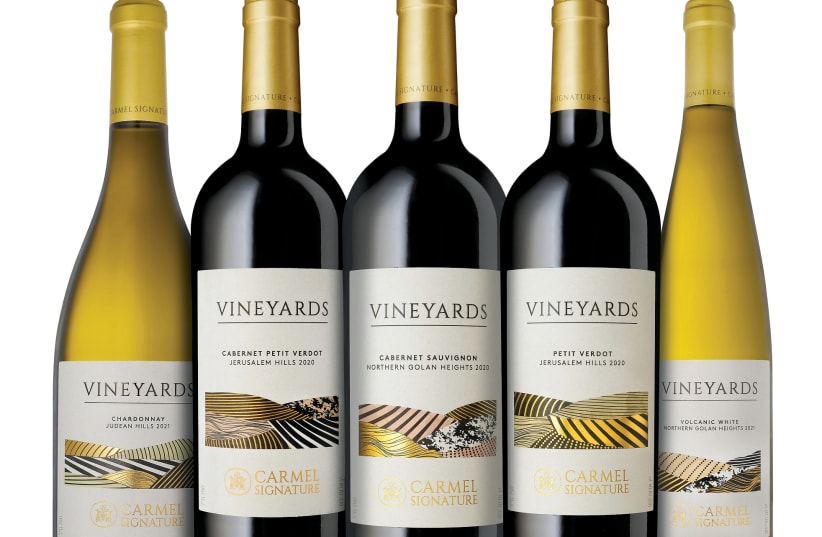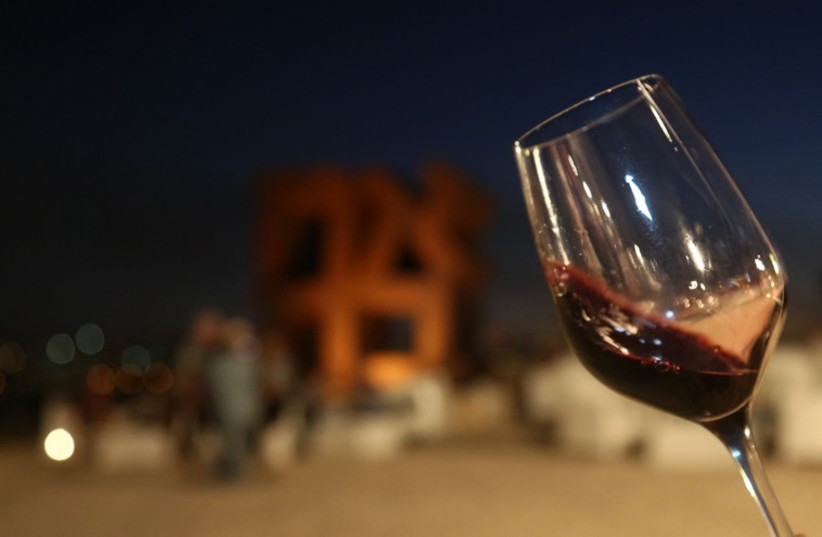It’s almost Purim, which means it’s almost time to decide what type of alcohol you’ll use to fulfill the mitzvah of Ad d’lo yada, meaning that you are supposed to drink until you don’t know the difference between Blessed is Mordechai (the good guy who saved the Jewish people) and Haman (the bad guy who tried to kill the Jewish people).
Now don’t worry if you don’t like to drink or can’t drink. The rabbis said you can also fulfill the mitzvah with a nap!
But for those who do like to imbibe, the Carmel Winery, one of Israel’s oldest wineries, has come up with a new series called Vineyards Choice, five different types of wine that each retail for NIS 80.
A new wine series from one of Israel's oldest wineries
Carmel produces almost 20 million bottles a year, making it either the largest winery in Israel or number two after the Barkan-Segal winery. CEO Nadav Arens said that 70 percent of Carmel’s production are less expensive wines in the Selected and Private Collection Series that sell for up to NIS 40 a bottle. But the new series, Vineyards, is aimed at those who are willing to spend a little more for a premium product.
“At Carmel, we are always looking to renew our brand. We see that Generation Y are less interested in wine and more interested in alcohol.”
Nadav Arens
“At Carmel, we are always looking to renew our brand,” Arens said at the wine launch in Tel Aviv. “We see that Generation Y are less interested in wine and more interested in alcohol.”
The new series is part of the Carmel Signature label, the premium label of the winery. Of the five wines in the series, I especially liked the Volcanic White, a blend of Viognier, Pinot Gris, Chardonnay, Sauvignon Blanc, Riesling, and a tiny bit of Gewurztraminer, all from vineyards in the northern Golan Heights. It was crisp and full of minerals, and I could easily see myself sipping several glasses.
The other wine in the series that I most enjoyed was the Petit Verdot, a grape that is usually used in blending, as it has a deep purple color. Recently, some wineries have begun making a varietal Petit Verdot.
This one is made from grapes from Mevo Beitar, which is outside Jerusalem. It was aged in oak barrels for 14 months and in the bottle for another year. It has nice aromas of blackberries and a beautiful purple color.
There are also a Petit Verdot-Cabernet blend, a Cabernet Sauvignon and a delightful Chardonnay. ■

